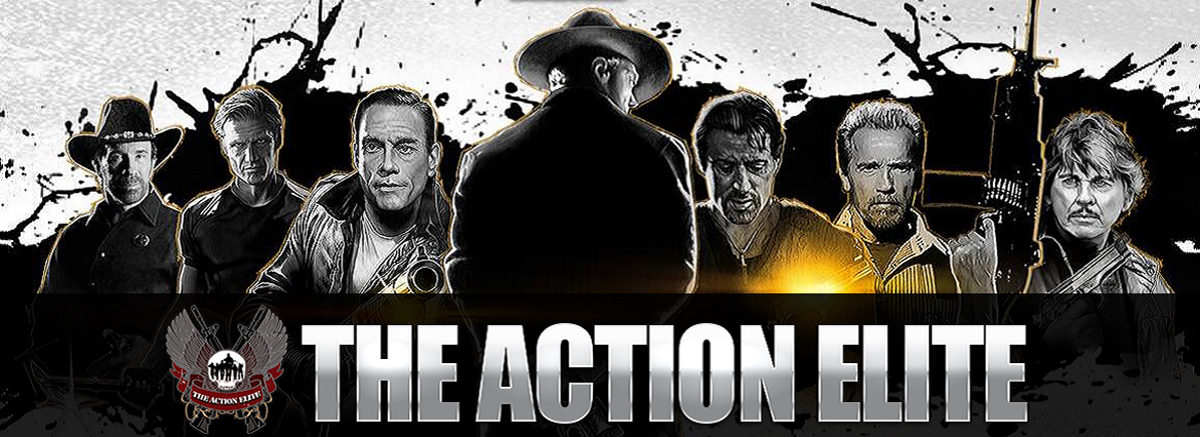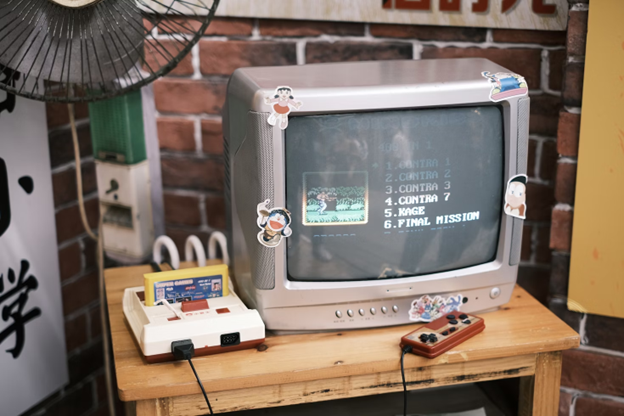Hollywood once struggled to bring joystick legends to life. Early attempts often missed what made games exciting: choice, rhythm, and a sense of agency. That perception has shifted. The cooling of the superhero boom opened a lane for game-driven blockbusters to claim top spots at the box office. Audiences no longer see these films as gimmicks but as a natural extension of the worlds they already explore on consoles and phones. For critics tracking the shift, 2025 became the year game energy finally clicked on screen. Studios stopped mimicking cutscenes and started channeling the drive that makes a controller hard to put down. Streaming tie-ins between shows and game franchises have also boosted player activity, proving that interactive universes are now the lifeblood of modern blockbusters. The controller and the camera have officially become partners.
1. Shared Thrills: When Games and Screens Collide
Audiences have always loved seeing their favorite games spill into pop culture. Casinos are the best proof, so much so that they built an entire movie genre long before today’s game-to-film boom. The buzz around online casinos in US today shows that interest has not faded; these platforms keep drawing players with smarter interfaces, faster payouts, generous bonuses, and immersive live dealer games that make digital sessions feel as real as a physical table. In March 2025, they brought in about $865 million across seven regulated states, up more than 26 percent from the previous year. The same rush that pulls people to the tables pushed movies like Ocean’s Eleven and 21 into pop-culture fame. The setup, the gamble, the payoff; it is the same rhythm that now drives game-to-film hits, proving that audiences were ready for cinematic gameplay long before Hollywood realized it.
2. A Minecraft Movie: The Sandbox Breakout
A Minecraft Movie turned block-building into a global movie event. Reports confirmed a record-breaking opening that redefined expectations for video-game themed films. Critics credited its open-world tone and clear objectives, both inherited from the game, for attracting audiences far beyond the core fan base. Analysts also pointed out that the most successful adaptations keep what players already understand: goals, progress, and a visible sense of reward. The movie proved that the best adaptations treat interaction as story architecture. Viewers could see the rhythm of creation, failure, and rebuilding mirrored in each act. By preserving that logic, Minecraft invited audiences to feel like participants rather than spectators. It was not nostalgia; it was recognition.
3. Sonic the Hedgehog 3: Franchise in Motion
If Minecraft showed how simplicity can scale, Sonic the Hedgehog 3 proved that consistency builds loyalty. Franchise titles with long-term identity held their ground at the global box office through the 2024–2025 season. The third Sonic film stayed faithful to its fast, lighthearted world while upgrading technical polish. The humor and pacing captured what longtime players loved about the games: instant momentum and clear goals.
Key reasons it worked:
- Familiar characters and tone kept fans connected while welcoming new viewers.
- The visual tempo mirrored the game’s rapid movement without losing clarity.
- Action sequences were edited for readability, a crucial feature in all-ages storytelling.
Together, these elements made Sonic 3 feel dynamic without chaos. It balanced spectacle with control, echoing the precision that defines successful gameplay.
4. From Console to Couch: The TV Adaptations That Worked
Game adaptations are not limited to theaters. Streaming platforms have turned several titles into long-form stories that reach new audiences and reignite the games themselves. Research showed that television and film versions of video games have increased average player activity by nearly 140 percent. Another study found that certain TV adaptations achieved as much as 490 percent growth in monthly active users, with one series bringing millions of players back to the game, most of them new.
The success of these shows lies in the same qualities that power film hits: consistent world-building, recognizable story rules, and emotional continuity. Serialized formats let creators explore the side missions and lore that do not fit into a two-hour movie. Each episode mirrors a game level, complete with setup, challenge, and reward. The results prove that the audience’s appetite for interactive storytelling extends naturally to television, creating a feedback loop between watching and playing.
5. Why Game Movies Are Winning Now
Industry observers credit the current winning streak to directors who approach games as fully built ecosystems. Instead of discarding mechanics, they translate them into narrative motion. Mission-based storytelling becomes an act structure, upgrade systems become character growth, and player exploration becomes cinematic geography. This approach respects how people consume entertainment today: they expect feedback, pace, and clarity.
Analysts describe this as a feedback loop where films, shows, and games drive engagement across all media. Broader data from U.S. gaming reports supports the trend, showing nearly $115 billion in total gaming revenue for 2024, including tribal operations and iGaming. Together, these findings show that audiences crave interactivity as much as storytelling. When studios deliver both, the results look less like experiments and more like franchises in motion.
6. What Comes Next: Sequels, Franchises, and the New Formula
Most new adaptation contracts now include multi-film planning from the outset. That approach reflects confidence rather than caution. Studios finally understand how to film interactivity, treating games as creative blueprints instead of obstacles. The next wave will likely focus on refining this formula with advanced visual engines and tighter cooperation between development teams and film crews. The goal is not to invent something new every time but to sustain universes that audiences already know how to navigate.
With viewer trust high and cross-platform technology improving, the connection between gaming and cinema looks less like a trend and more like a shared language. The same communities that track in-game updates now follow release schedules and casting news with equal enthusiasm.
The Future Is Playable
The distance between a theater seat and a gaming chair is barely a step now. Every click, quest, and cutscene finds its echo on the big screen, where interaction turns into story and story becomes spectacle. From pixel worlds to speed-driven heroes, audiences are chasing movement, not medium. The message for Hollywood is clear: if you want the next blockbuster, start with the games people already play.






